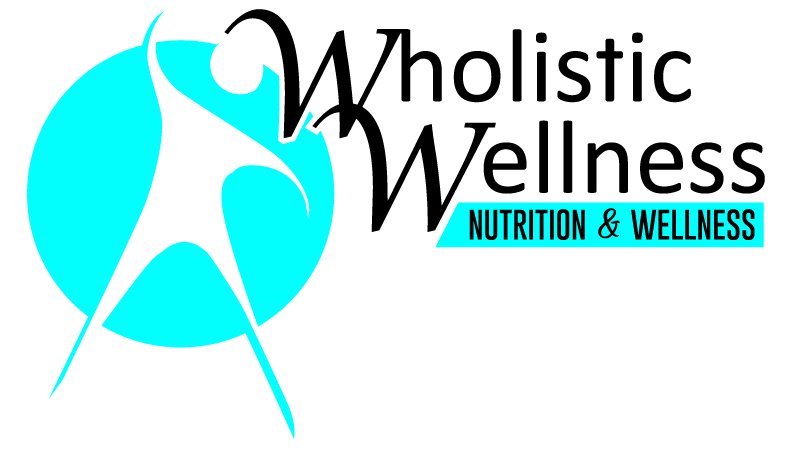The Sunshine Vitamin: Why You Need a Daily Dose of D
By Erin Monahan
Summertime in Indiana is more than a season. It’s a mindset that’s activated by the sun. A breezy, bouncy outlook that makes the pursuit of happiness seem a little easier. Especially in July, when the temperatures (and the fireworks) rocket higher than any other time of year.
But it doesn’t take a rocket scientist to understand why the sunniest month is one of the best times to boost your mind, body and spirit.
Read on to learn what vitamin D is, why you need it and where to get it.
What is Vitamin D?
Contrary to its name, vitamin D (aka “the sunshine vitamin”) is actually a hormone that’s synthesized by sunlight. Your body produces it in your skin from a reaction with the ultraviolet light. Then your liver and kidneys transform it to make it functional for you.
Everyone needs vitamin D. Unfortunately, many people don’t get enough. Those of us who live in more northern latitudes in the United States (essentially north of Florida) are vulnerable to vitamin D deficiency. Why? Because we don’t have ample sunlight year-round. Plus, many of us spend most of our time indoors. And some of us overuse sunscreen.
Although the sun is our best source of vitamin D, it may not be feasible to get the daily exposure we need. Thankfully, there are certain foods and supplements that can help us fill the gap. From these sources, it’s considered a fat-soluble vitamin.
What Does Vitamin D Do?
Vitamin D is famous for its many important functions, such as regulating the absorption of calcium and phosphorus and facilitating normal immune system function.
For example, vitamin D is essential to support the healthy growth and development of bones and teeth. A deficiency can cause children to have bones that are weak and soft. This disorder is called rickets. In adults, the condition is called osteomalacia.
Research also suggests vitamin D may help regulate mood and reduce depression, as well as support respiratory function, brain development, and weight loss. Beyond that, vitamin D may protect you against, and possibly treat, the following conditions:
Heart disease and high blood pressure
Diabetes
Infections and immune system disorders
Falls in older people
Certain types of cancer, such as colon, prostate and breast cancers
Multiple sclerosis
Surprisingly, vitamin D deficiencies are the cause of many health problems, even though it’s easy to treat.
Where Can You Get Your Dose of D?It’s important to note there’s not a one-size-fits-all formula for vitamin D intake. What’s enough for you may not be enough for someone else. And everyone’s levels of vitamin D fluctuate for many different reasons.
With this in mind, it’s essential to ask your doctor or other health care provider to help you determine what sources and levels are best for you.
Sunlight - If you enjoy the sun and can tolerate the heat, then get outside for a short time without sunscreen (except maybe on your face). Take a walk. Bask in the backyard. Putter in the garden. Make the most of your Indiana summer!
Midday is the best time to get vitamin D, because the sun is at its highest point, which means your body may be able to make it more efficiently. Remember to monitor your exposure time, because you don’t want to burn your skin, or risk getting skin cancer.
Like most things in life, sun safety involves finding balance!
Did you know vitamin D production is already maximized before your skin starts getting pink? The lighter your skin, the less time you’ll have to safely spend time in the sun. Darker-skinned people need to spend longer in the sun than lighter-skinned people to produce the same amount of vitamin D.
By the way, you may be less likely to absorb enough vitamin D from the sun if you:
live in an area with high pollution.
overuse sunscreen. (Check out these sunscreen tips.)
spend most of your time indoors.
live in a big city where buildings block sunlight.
have darker skin. (The higher the levels of melanin, the less vitamin D your skin can absorb.)
are over age 50.
The good news is that you can still get some of your vitamin D from food and supplements.
Food - Some foods have significant levels of vitamin D. Consider adding them to your menu:
Salmon
Herring and sardines
Cod liver oil
Canned tuna
Egg yolks
Mushrooms
Supplements - Vitamin D is found in multivitamin/multimineral supplements and dietary supplements. Be careful, because it’s possible to take too much vitamin D. Please check with your doctor or other health care provider before supplementing! Ask them to check your vitamin D levels and help you determine what actions to take.
Also, there are so many supplements on the market that aren’t worth your time or money. Be a cautious consumer. Do your homework.
Next Steps
The sun is an important key to our health and vitality. When we avoid the sun, we can experience a lot of health problems. Of course, it’s important to have a healthy respect for the sun and practice sun safety. It’s all about finding the balance that works for you.
If you need help figuring out your next steps, or have questions about any wholistic health topic, then the providers at Wholistic Wellness Services are here for you. Contact them for an appointment
Erin Monahan is a Functional Medicine Certified Health Coach and Health Writer based in central Indiana. Find her at healthcoachcollective.com, LinkedIn and Instagram @ erinmariehealthcoach. All images © 2022 Erin Monahan. The information, ideas and conversations provided in this content are not intended to be a substitute for professional medical advice, prescription, diagnosis, or treatment. Any application of the information, ideas and conversations provided is at your discretion and is your sole responsibility.
Sourceshttps://ods.od.nih.gov/factsheets/VitaminD-HealthProfessional/https://www.healthline.com/nutrition/vitamin-d-from-sun
https://my.clevelandclinic.org/health/articles/15050-vitamin-d--vitamin-d-deficiencyhttps://www.ncbi.nlm.nih.gov/pmc/articles/PMC7385774/
https://drhyman.com/blog/2015/07/10/7-strategies-for-optimal-sun-safety/
https://www.ewg.org/sunsafety/skin-cancer-on-the-rise.php%5Chttps://www.hsph.harvard.edu/nutritionsource/vitamin-d/https://ods.od.nih.gov/factsheets/VitaminD-Consumer/https://www.healthline.com/nutrition/how-to-choose-high-quality-vitamins-and-supplements#concerns






